Home Cost Gynecology and Obstetrics Fibroid Removal Surgery (Myomectomy)

Fibroids are common but challenging at the same time for doctors to determine the percentage of people who have them because not everyone gets symptoms.
When fibroids cause heavy bleeding or any painful symptoms and treatments are not providing relief then the doctor recommends surgery.
According to the latest study, it affects between 20% and 80% female population under the age of 50.
Uterine fibroids are noncancerous (benign) and grow in the wall of the uterus, but most fibroids grow to the size of grapefruit and even larger.
Sometimes people are unaware that they have them, and people with asymptomatic fibroids don’t require surgery or any other treatment.
However, individuals with abdominal pain, pressure, pain during sex, bloating, irregular urination, and heavy periods so these conditions require surgery.
If you want to obtain more information about fibroids such as types, risks, and procedures read this article till the end.
Fibroids are growth in the uterus, but they are not cancerous and you might not need surgery if it doesn’t bother you but you might need surgery if your fibroid symptoms include:
Surgery can be an option if you want to get pregnant in the future because fibroids increase the risk of miscarriage and other complications during pregnancy.
Myomectomy helps to remove fibroids while preserving the healthy tissues of the uterus, which is best for those women who want to keep their uterus and wish to have children after fibroid treatment.
Doctors recommend this procedure to remove fibroids and preserve the uterus.
MRI allows us to get an accurate image of fibroid size, and location. There are several types of myomectomy such as:
Hysteroscopic myomectomy
Laparoscopic myomectomy
Robotic-assisted myomectomy
Abdominal myomectomy
If you have symptoms of fibroid then you might undergo these tests include:
Individuals who face these symptoms are considered for the surgery include:
List of Hospitals for Myomectomy Surgery in India
List of Doctors for Myomectomy Surgery in India
Removing fibroids is a helpful treatment for patients with heavy menstrual bleeding. There are treatments available such as hysteroscopic resection which is a minimally invasive, safe, and effective treatment method for fibroids.
On the other hand, laparoscopic myomectomy is preferred for cases of abdominal removal. So, if you feel any symptoms that you might need surgery then you need to consult the doctor.
| Fibroid Removal Surgery (Myomectomy) cost | |
|---|---|
| Treatment Name | Estimated Cost |
| Myomectomy - Fibroids Removal | 3400-3800 USD |

Medically Reviewed By
Dr. Aryan Malhotra is a highly respected and compassionate medical professional with a strong academic background. He holds an MBBS and MD degree from DTMU University in Georgia. Driven by a deep sense of duty, he is dedicated to providing exceptional care to his patients.
The price range for a myomectomy surgery is between 3400-3800 USD.
In published retrospective studies, the conception rate after myomectomy ranged from 25 to 77%. Various studies have indicated a success percentage for the outcome of bleeding ranging from 70 to 99%.
Most women spend 2-3 days in the hospital after Myomectomy surgery.
It typically takes about four to six weeks for full recovery after Myomectomy surgery to allow for internal healing.
At five years, the overall survival percentage is 86.2%.
What dangers come with Myomectomy?
Swimming or light jogging are both beneficial exercises. A gradual introduction to more demanding sports should be made after six weeks. If you have undergone abdominal surgery, it's crucial to avoid heavy lifting. Don't lift anything heavy for four weeks following your procedure.
Full recovery after Myomectomy surgery takes about four to six weeks to allow for internal healing.
Yes, it is necessary to have a companion.
The pain typically associated with open hysterectomy or myomectomy surgeries is reduced because of the small incisions. This indicates that patients can travel home a few days following surgery, and they typically return to work in two weeks or fewer.
Yes, you can do your own research and choose your therapist.
Most patients find that the best post-operative pain management is a mix of NSAIDs (non-steroidal anti-inflammatory medicines), such as ibuprofen (Motrin or Advil), and narcotics, like Percocet.
Yes, insurance will cover the cost of Myomectomy in India.
To discover the top doctors or hospitals in India, you can utilize our website, http://mejocare.com. On the doctors' page, you can filter and find the finest doctors, while on the hospital page, you can identify the best hospitals. Additionally, you can reach out to us, and we will gladly offer you all the necessary suggestions and information you need.
Most people who undergo laparoscopic surgery return to work within a week and resume strenuous exercise, like running, within two weeks.
No, there is no waiting list for Myomectomy in India.
The majority of patients can leave after two-three days. Within the first 24 to 48 hours following surgery, you should anticipate some soreness near the surgical site.
A few tests such as MRI, ultrasound, and other blood tests will be needed before surgery.
For abdominal myomectomy and laparoscopic myomectomy, general anesthesia is typically employed.
4 weeks following surgery, refrain from strenuous activities. Walking can be used as exercise. You may start to gradually resume your usual workout schedule and daily activities at 4 weeks after surgery.
The most frequent side effect of medications like opioids is constipation, which can occur after surgery.
The state of constipation can, however, be avoided with the help of specific foods. Contrarily, certain foodstuffs can exacerbate constipation. Congestion-inducing foods include:
What dangers come with Myomectomy?
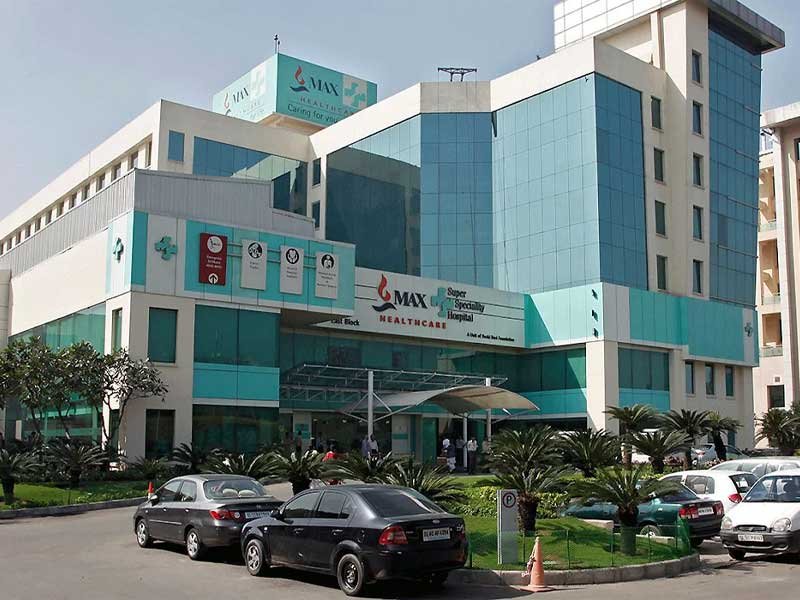
Beds: 539
New Delhi
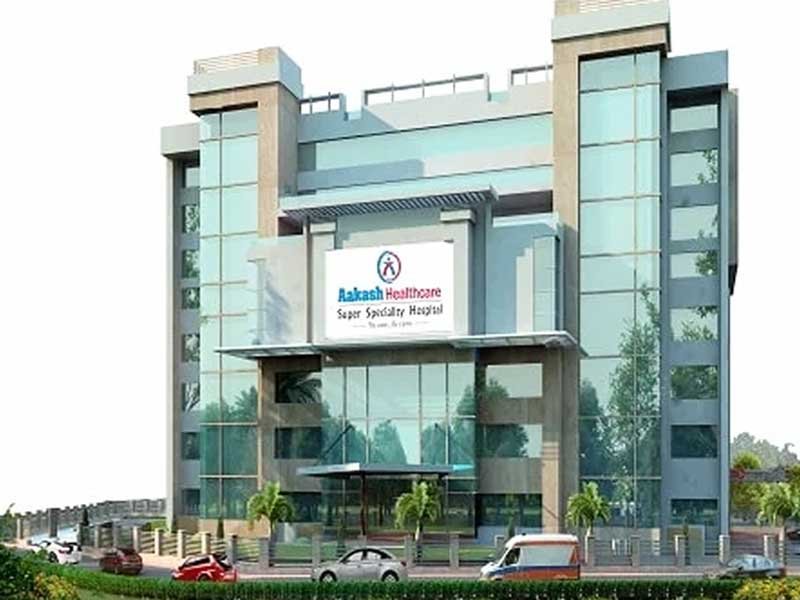
Beds: 230
New Delhi
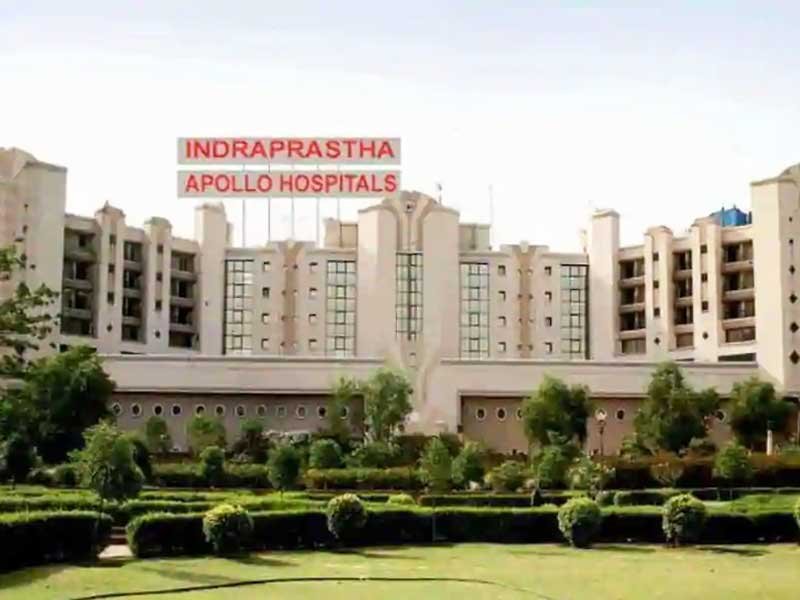
Beds: 710
New Delhi
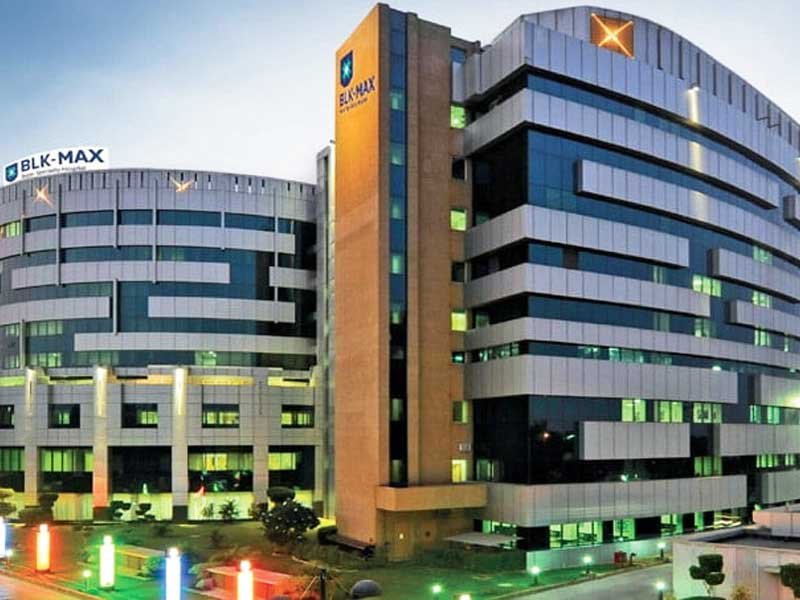
Beds: 650
New Delhi
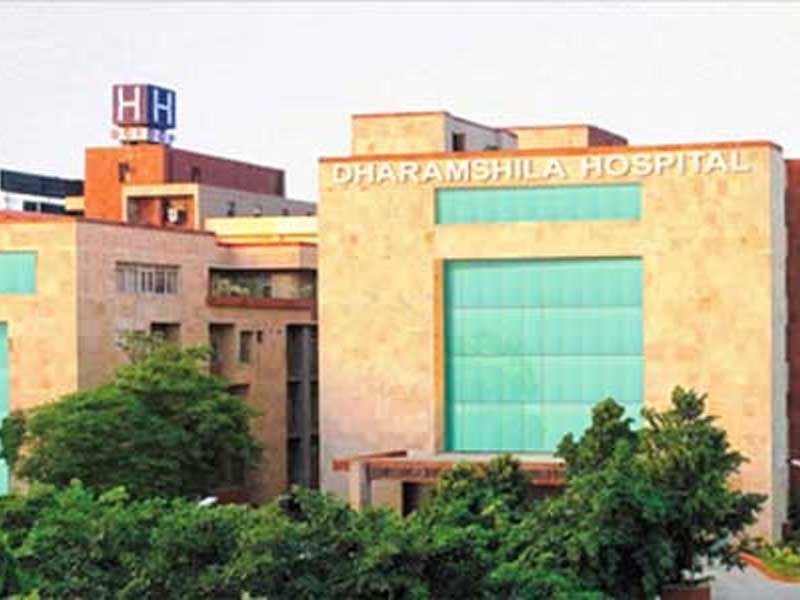
Beds: 191
New Delhi
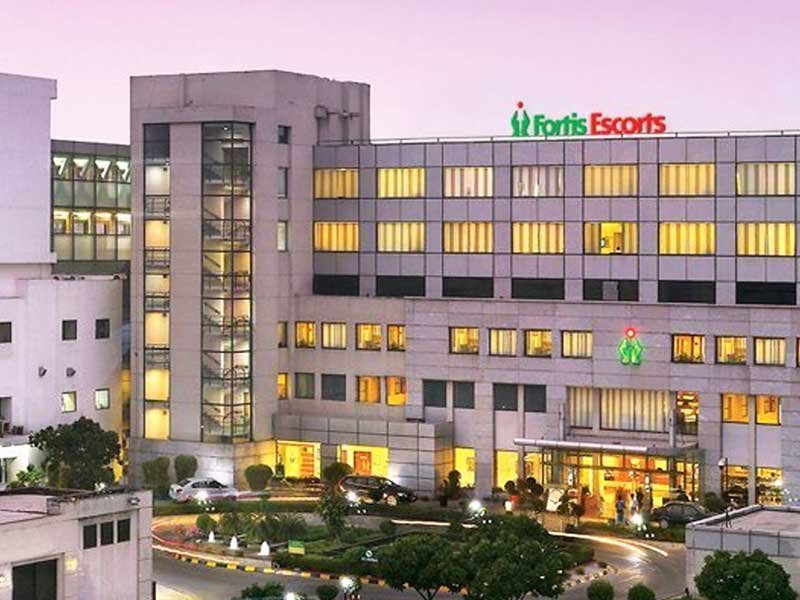
Beds: 310
New Delhi
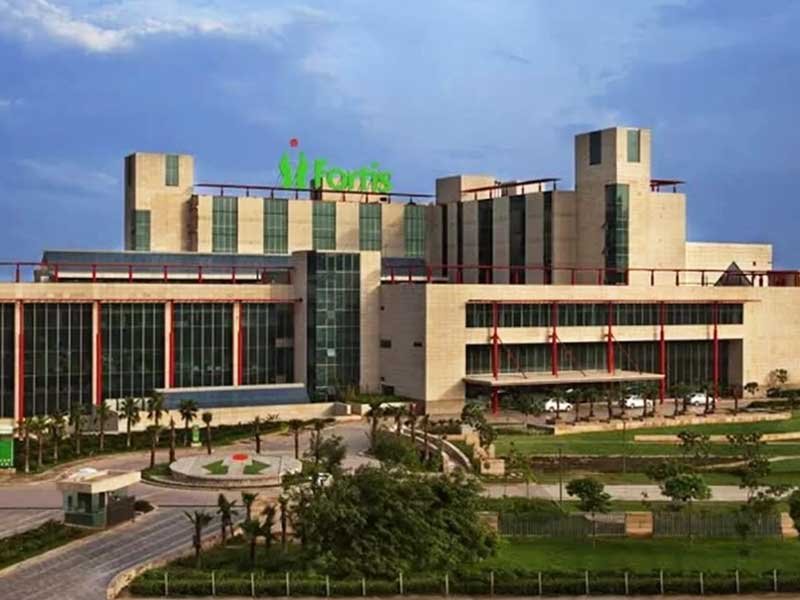
Beds: 299
Gurugram
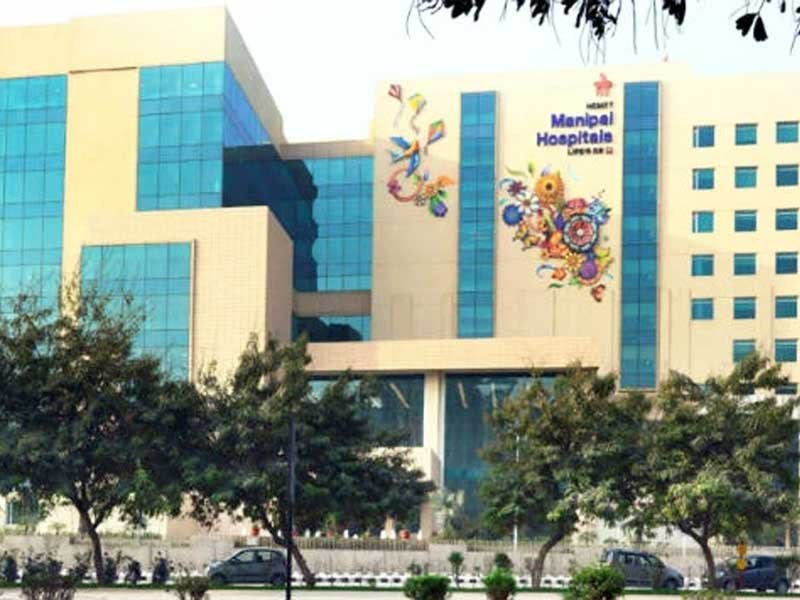
Beds: 380
New Delhi
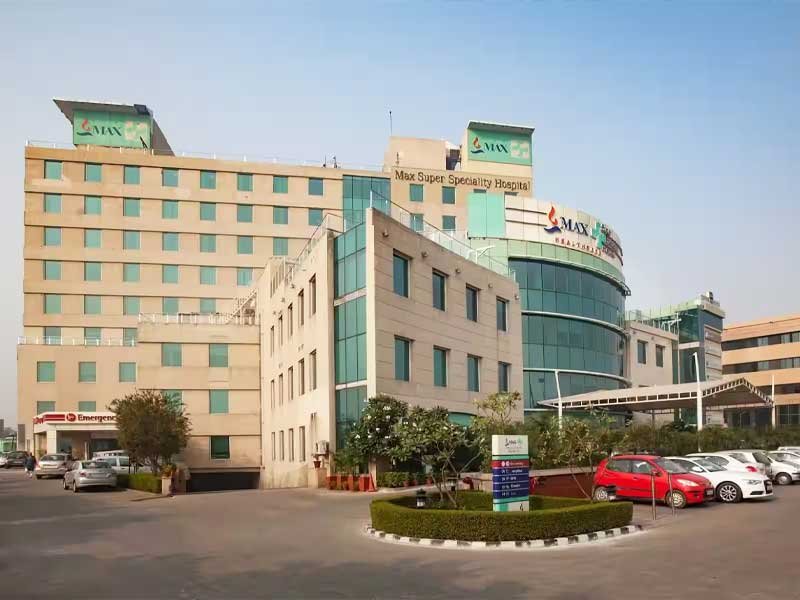
Beds: 402
New Delhi
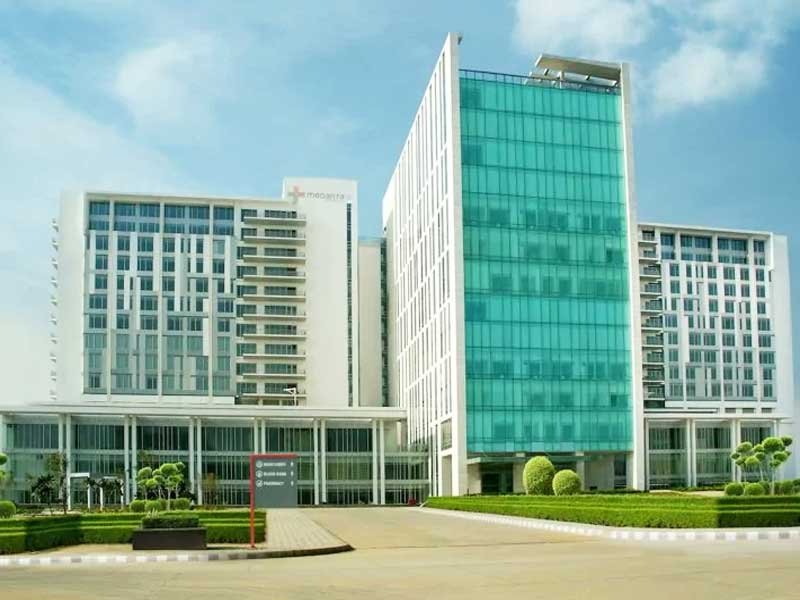
Beds: 1300+
Gurugram

Beds: 1000
New Delhi
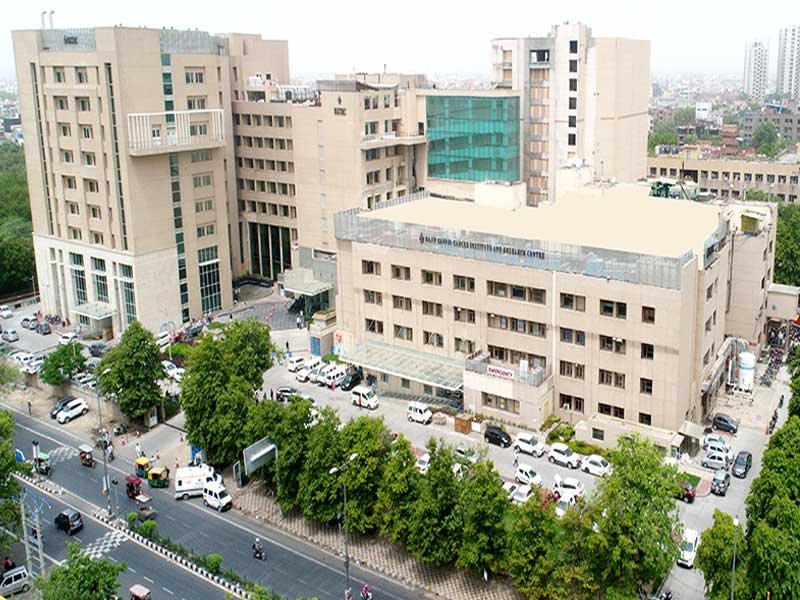
Beds: 500
New Delhi

Beds: 450
Faridabad
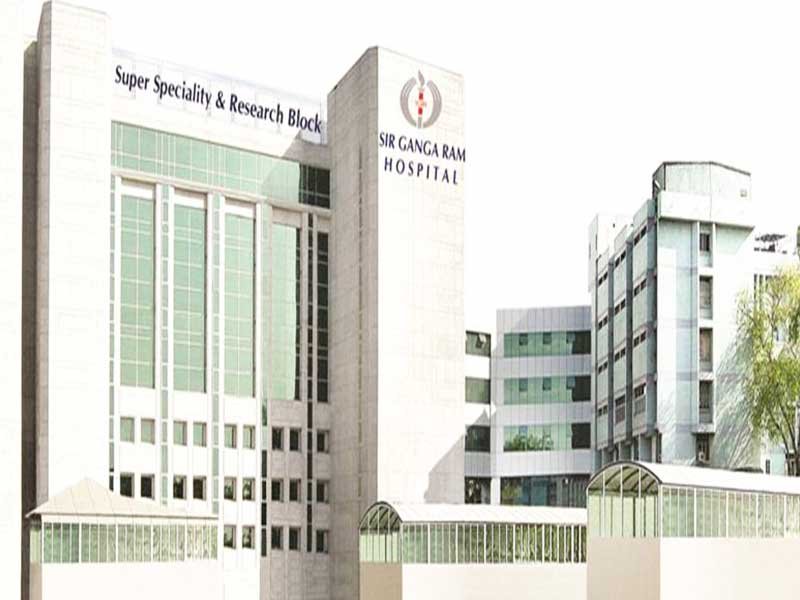
Beds: 675
New Delhi
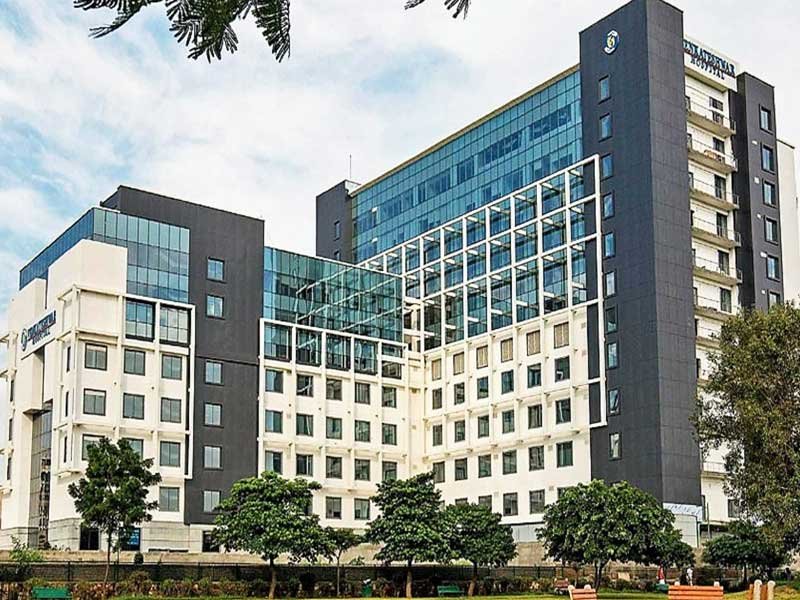
Beds: 500
New Delhi
Our care team can help you.
